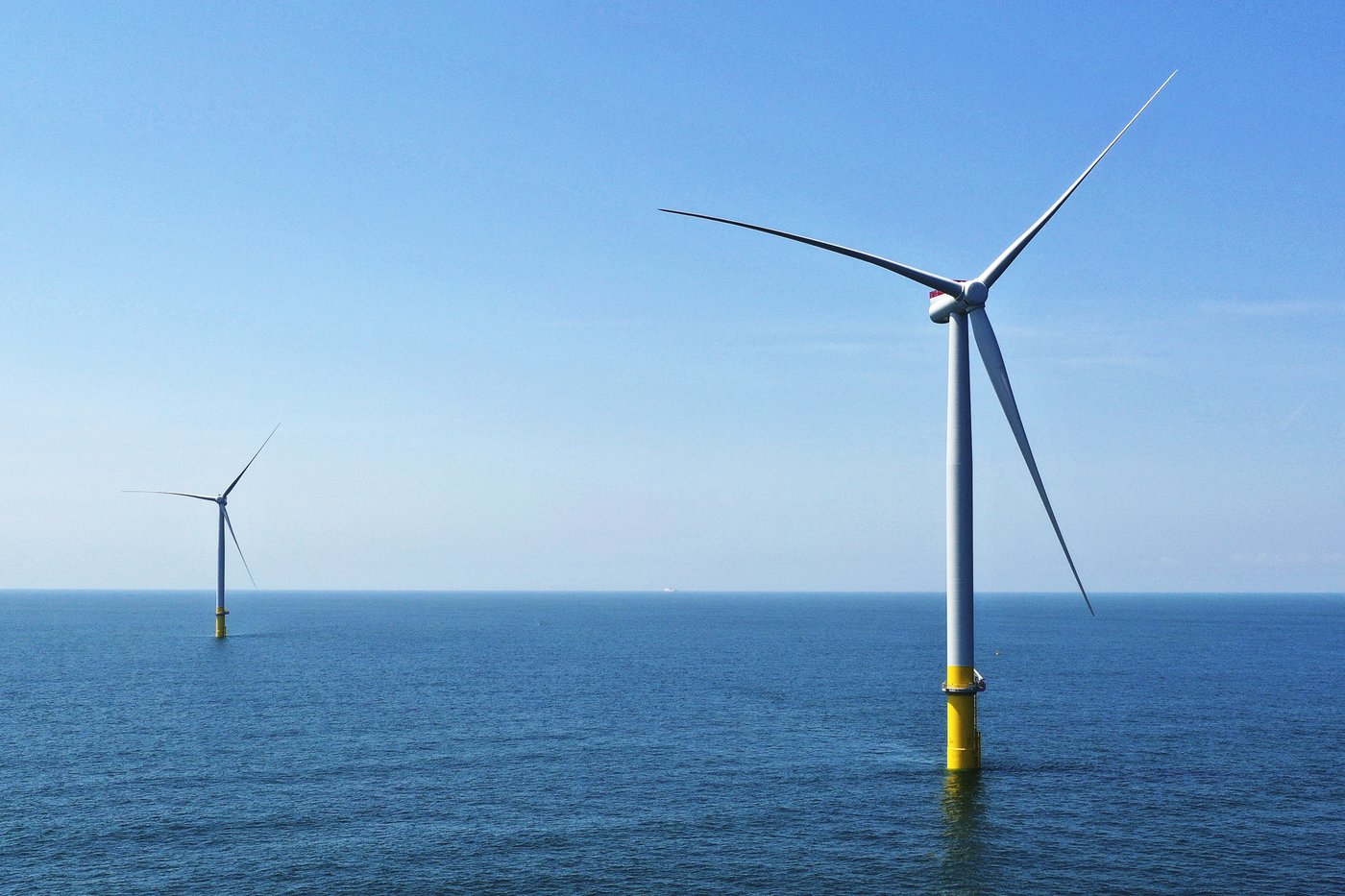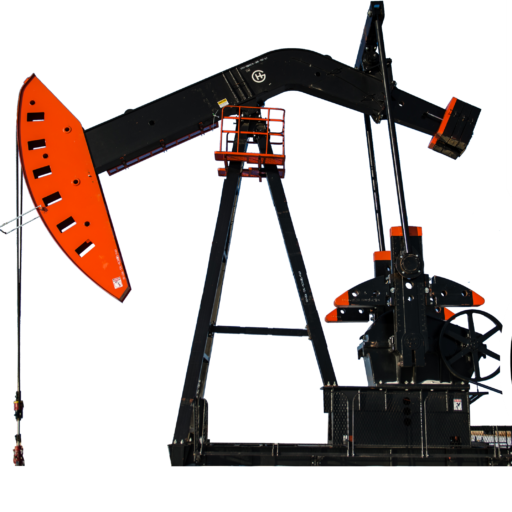Associate Press copy is provided via The Canadian Press

FILE – Two of the offshore wind turbines which have been constructed off the coast of Virginia Beach, Va. are viewed June 29, 2020. State regulators on Friday, Aug. 5, 2022, approved an application from Dominion Energy Virginia to build an enormous offshore wind farm off the coast of Virginia Beach and recover the cost from ratepayers. Now Germany, which has already been filling its North Sea waters with wind turbines, wants to do the same in the Baltic. (AP Photo/Steve Helber, File)
By Jan M. Olsen in Copenhagen
COPENHAGEN, Denmark (AP) — Germany’s foreign minister said Friday that estimates show the Baltic Sea can produce wind power that is “more than twice the installed capacity of all German coal-fired power stations” as the country works to meet climate change targets and wean itself off of Russian energy.
In a video message ahead of a meeting in Denmark’s capital, Foreign Minister Annalena Baerbock said Germany wants to hasten the expansion of wind power produced in the Baltic Sea.
The countries around the Baltic Sea “need to set the sails, work together and set course towards making our region more sustainable, more resilient and more secure,” Baerbock said.
German Chancellor Olaf Scholtz has said Germany remains committed to ending its greenhouse gas emissions by 2045, the earliest of any major industrialized nation. To meet the goal, his government has said it would close coal-fired power plants that were reactivated during the war in Ukraine, end imports of Russian oil and coal this year and aim to stop using Russian gas within the next two years.
The potential for the Baltic Sea “is enormous,” Baerbock said. “The European Commission estimates that the Baltic Sea could potentially produce more than 90 gigawatts in wind energy. That is more than twice the installed capacity of all German coal-fired power stations.”
“Wind energy from the Baltic Sea will help us fight the climate crisis. And it is an investment in our security: it will help make us less dependent on gas from Russia,” Baerbock said.
On July 1, Germany took over the presidency of the Council of the Baltic Sea States for one year. The forum for regional cooperation consists of the European Union and 10 member nations: Denmark, Estonia, Finland, Germany, Iceland, Latvia, Lithuania, Norway, Poland and Sweden.
Following Russia’s invasion of Ukraine, the council suspended Russia from its activities. Moscow later said it had decided to withdraw from the council, saying the organization was turning into “an anti-Russian tool.”
In Copenhagen, Baerbock and Danish Foreign Minister Jeppe Kofod signed a plan for closer cooperation between their countries, which includes a plan “to dramatically scale up offshore wind capacity in the North Sea and the Baltic Sea.”
Denmark is holding a meeting next week on the Baltic Sea island of Bornholm to discuss ways “to make the Baltic Sea region free of Russian energy and at the same time pave the way for a significant green transition.”
Those expected to attend include the EU commission president, Lithuania’s president, the prime ministers of Poland, Latvia, Estonia, Finland and Denmark and several energy ministers.
Speaking alongside Kofod after their meeting, Baerbock said it was important for European countries to show solidarity in the coming months, given Russia’s attempts to use energy supplies “as a weapon of war” and divide the 27-nation bloc.
Germany is studying what impact low water levels on its rivers after months of drought and high electricity demand from neighboring France due to the shutdown of nuclear plants there will have on energy markets over the coming months.
Baerbock, a member of the Greens party, said she was skeptical of the idea that extending the operating life of Germany’s three remaining atomic power plants would help tackle an expected gas shortage, but acknowledged that this might ease electricity bottlenecks.
“One needs to look at everything in the European context,” she said.
___
Frank Jordans in Berlin contributed to this report.
- 0100 Turnbull Project Manager0100 Turnbull Project Manager
- 0099 Mryglod Steel 1080p0099 Mryglod Steel 1080p
- 0097 Eagle Sky Ventures LTD0097 Eagle Sky Ventures LTD
- 0095 Fast Trucking nearly 70 years good at it0095 Fast Trucking nearly 70 years good at it
- 0053 Kingston Midstream Westspur Alameda Click Before You Dig0053 Kingston Midstream Westspur Alameda Click Before You Dig
- 0092 Turnbull projects big and small0092 Turnbull projects big and small
- 0046 City of Estevan This is Estevan Teaser0046 City of Estevan This is Estevan Teaser
- 0087 Lori Carr Coal Expansion0087 Lori Carr Coal Expansion
- 0077 Caprice Resources Stand Up For Free Speech0077 Caprice Resources Stand Up For Free Speech
- 0076 Latus only0076 Latus only
- 0061 SIMSA 2024 For Sask Buy Sask0061 SIMSA 2024 For Sask Buy Sask
- 0055 Smart Power Be Smart with your Power office0055 Smart Power Be Smart with your Power office
- 0051 JML Hiring Pumpjack assembly0051 JML Hiring Pumpjack assembly
- 0049 Scotsburn Dental soft guitar0049 Scotsburn Dental soft guitar
- 0041 DEEP Since 2018 now we are going to build0041 DEEP Since 2018 now we are going to build
- 0032 IWS Summer hiring rock trailer music
- 0022 Grimes winter hiring
- 0021 OSY Rentals S8 Promo
- 0018 IWS Hiring Royal Summer
- 0013 Panther Drilling PO ad 03 top drive rigs
- 0006 JK Junior
- 0002 gilliss casing services0002 gilliss casing services
- 9002 Pipeline Online 30 sec EBEX9002 Pipeline Online 30 sec EBEX
- 9001
